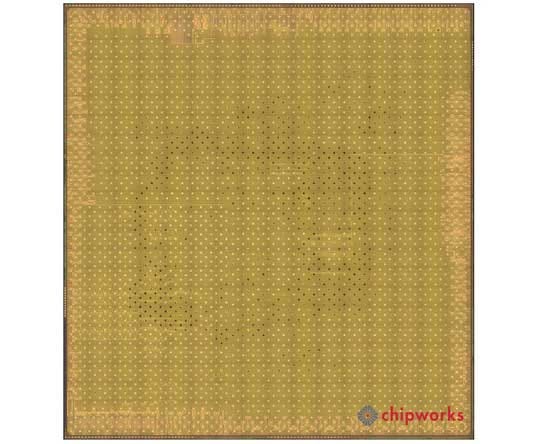The iPhone 5s mHealth-Enablers: The A7 and M7 Chips
September 30, 2013
The iPhone 5s is here with new features such as 64-bit architecture and fingerprint identity sensor. The phone also includes M7 and A7 processors that could support various new health and fitness applications. Much has been made of the A7's speed, and its ability to boost the performance of the iPhone 5s. The M7 a coprocessor designed for mobile health applications. The M7 works in tandem with the A7 to examine motion data from the phone's gyroscope, accelerometer, and compass. The M7 offloads such tasks from the central CPU, helping the iPhone 5s determine whether the users is stationary, stationary, walking, running, or travelling in a vehicle. "With new software and applications, you are going to get a whole new level of health and fitness solutions never before possible on a mobile phone, promised Phil Schiller, Apple's VP of worldwide marketing. Apple also released a statement explaining the developers could access its CoreMotion APIs that use the M7 to create a new generation of fitness and health apps.
The new processing horsepower curbs the power needed to run the phone's standard motion sensors, enabling them to run in the background as the phone is sleeping. This functionality could enable the phone to be used as an activity monitor; while apps are currently available that serve this function, their accuracy is limited and they drain the phone's battery. Incidentally, Motorola's new Moto X smartphone includes a similar processor designed to track motion.
|
The A7 chip represents a considerable upgrade from its predecessor, the A6, which was used in the iPhone 5. |
One of the first apps to take advantage of the processing horsepower is the Nike+ Move. The device tracks users' activity levels and is designed to motivate them to get more exercise.
A recent iPhone 5S teardown from our friends at iFixit reveal the backside of the device's logic board, which contains an Apple A7 APL0698 SoC, a Qualcomm MDM9615M LTE modem, and WTR1605L LTE/HSPA+/CDMA2K/TDSCDMA/EDGE/GPS transceiver. The A7's CPU does away with ARMv7 "instruction set" (ISA) (which Gizmodo explains has a 20-year foundation), replacing it with a substantially different ARMv8 design. The A7 is now the fastest smartphone chip by a variety of performance metrics. It has 40 times the CPU power of the first iPhone and is roughly twice as fast as the A6 chip that preceded it. Most of its speed boost is based on the A7's upgrade to the ARMv8 design.
|
The A7 marks the first use of 64-bit processing in a smartphone. The CPU component of the chip is a dual-core 1.3GHz CPU known as Cyclone. |
|
iFixit did not initially locate the M7, and wondered if it was a separate IC or if its functionality was built into the A7. Chipworks.com, however, was able to locate the M7, describing it as a "NXP LPC1800 device that was buried beneath a neoprene-looking cover." |
|
The A7 die photo, courtesy of Chipworks. |
Brian Buntz is the editor-in-chief of MPMN and Qmed. Follow him on Twitter at @brian_buntz.
About the Author(s)
You May Also Like





